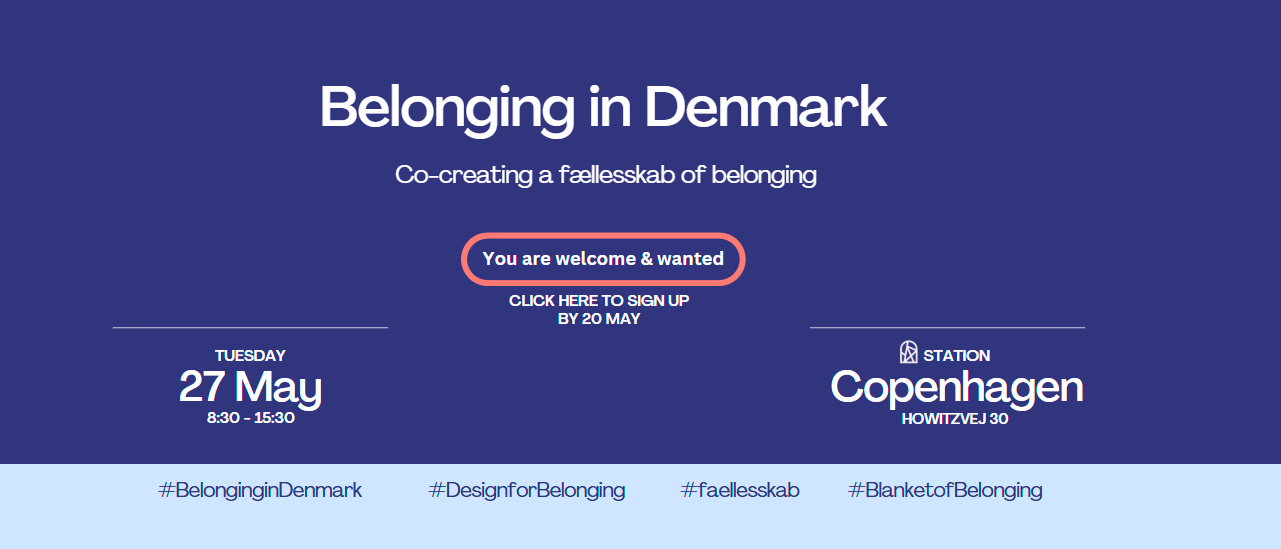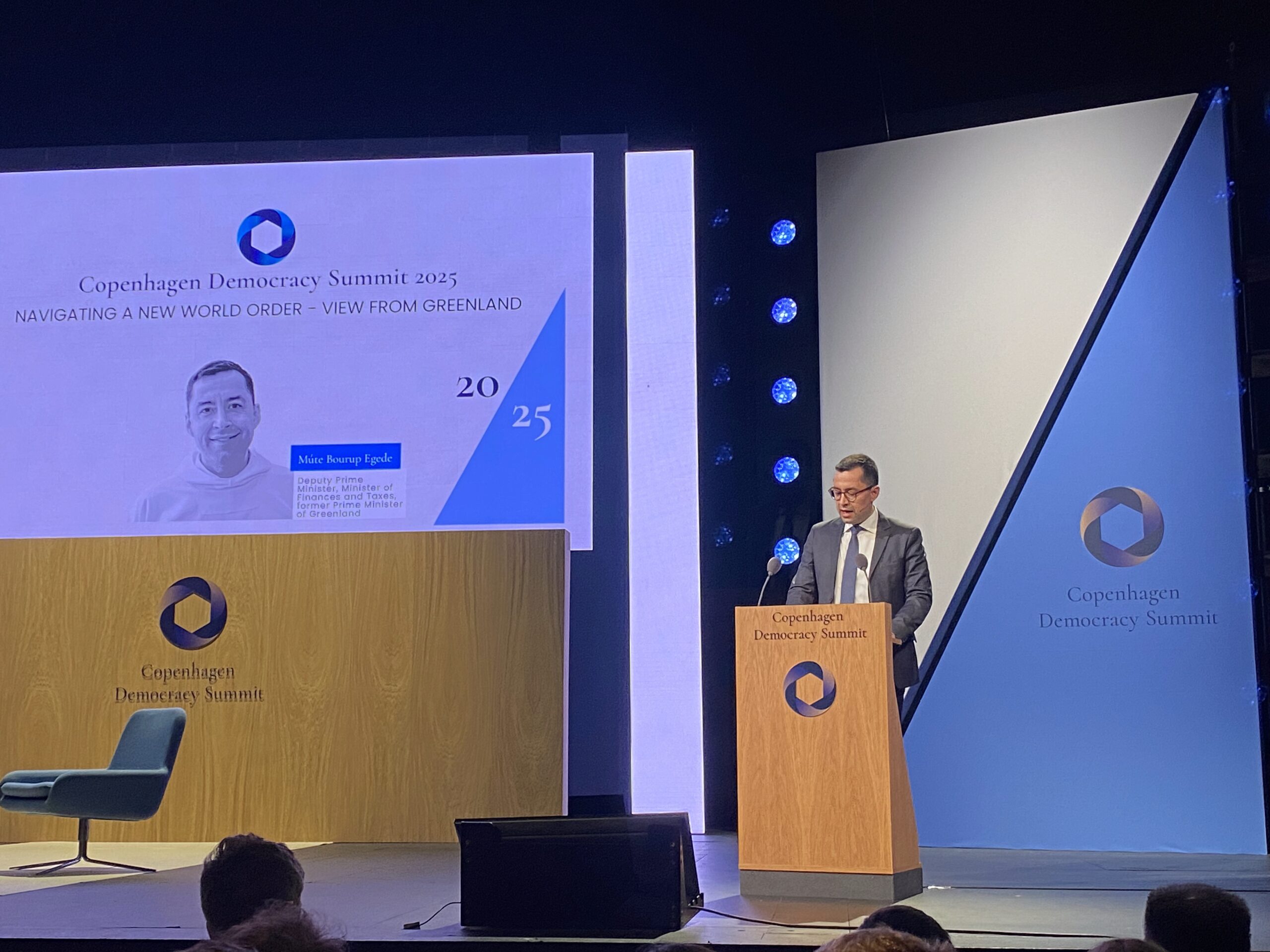Seal populations in the Wadden Sea are growing fast and their appetite for fish is becoming an increasing problem, especially for gill net fishermen.
The number of grey seals has reached a record high this year, with 5,445 adults being counted in the Wadden Sea – an increase of 10 percent on the numbers from last year.
READ ALSO: Seal parasite threatening Denmark’s cod
Most of the seals are to be found in the Dutch and German part of the sea, but the population is also increasing rapidly in the Danish part – to the detriment of the common (or harbour) seal.
In the Danish area of the sea, 221 grey seals were counted – an increase of almost 50 percent. The population is also growing in inland waters where 10-15 years ago there were no seals.
Grey seals can weigh up to 300 kilos and they eat at least five kilos of fish a day – as well as going after other prey .
A killing machine
“We’ve seen several examples where grey seals have killed common seals and eaten them. They’re very large and pretty aggressive. It appears that some of them have specialised in common seals and porpoises,” Jonas Teilmann, a senior researcher from the Institute for Bioscience at Aarhus University and one of the scientists making the count, told TV2 News.
Seals have been depreciating the sustainable coast fisheries that green organisations and politicians are keen to encourage. They rip up the nets and eat the parts of the fish that they like best.
Culling an option
In May 2016, environment and food minister Esben Lunde Larsen issued a dispensation so that specially-trained hunters and fishermen could shoot 40 of the seals, that are otherwise protected.
The seals are not regarded as a problem for cod fishermen but rather for those using gill nets. Denmark’s fishermen’s association, Danske Fiskeriforeningen, sees only one solution to the problem if the livelihood of the smaller gill net fishermen is to be preserved and that is to exterminate the grey seal completely, says biologist Henrik Lund.















